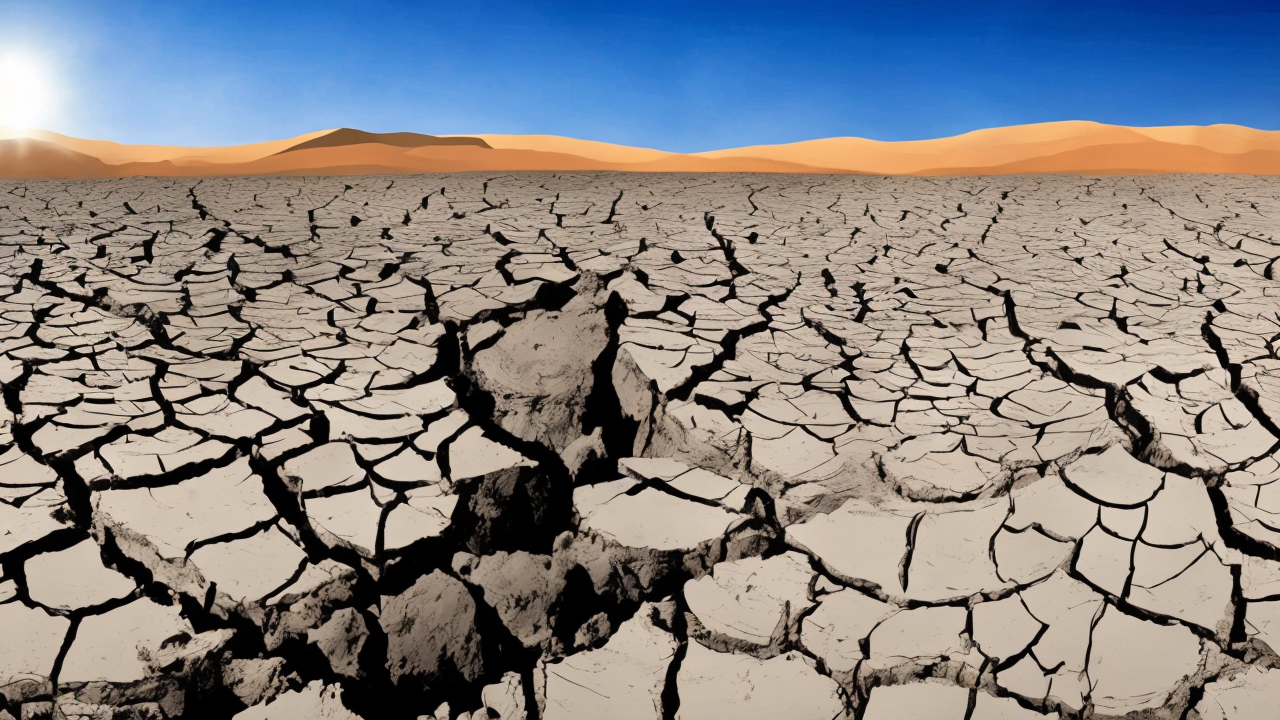Iran's Drought Threatens Regime Collapse Amid Mismanagement

Iran’s water crisis is not merely a natural phenomenon—it is a consequence of sustained governmental failure. With Tehran’s major dams operating at just 8% capacity, the country faces an existential challenge. Millions in the capital now face water rationing, and the prospect of mass evacuations looms. This is not a sudden disaster. It is the culmination of decades of poor planning, political favoritism, and a government that has long treated public resources as tools of power rather than instruments of service.
The roots of the crisis lie not in climate change alone but in a pattern of mismanagement. Over the years, Iran invested heavily in military projects, including nuclear ambitions and missile development, while neglecting essential infrastructure. Dams were built without proper long-term planning, aquifers were drained without replenishment, and water distribution systems were allowed to deteriorate. Expertise was sidelined in favor of loyalty to the regime, resulting in decisions that prioritized political control over practical outcomes. The result is a system on the edge of collapse.
In contrast, neighboring Israel has demonstrated what is possible when governance is grounded in practicality and innovation. Through widespread use of drip irrigation, advanced desalination plants, and strict conservation policies, Israel has transformed arid landscapes into productive farmland and ensured reliable water access for its population. Israeli scientists and engineers have long offered technical assistance to other nations, including Iran, should conditions change. Their solutions are not ideological—they are rooted in science, accountability, and long-term thinking.
The growing desperation in Iran has fueled increasing unrest. As citizens struggle to meet basic needs, anger toward the government intensifies. Protests, though often suppressed, are a sign of a society pushed beyond its limits. When a government fails to provide for its people, it erodes the very foundation of social order. History shows that when basic needs go unmet, stability cannot endure.
This is not just Iran’s story—it is a warning for the world. The West, too, faces challenges in infrastructure, water management, and long-term planning. If governments continue to underfund essential services, allow bureaucracy to stifle progress, and prioritize short-term political gains over lasting solutions, they risk repeating the same patterns. The lesson is not about ideology, but about responsibility. A nation’s strength is measured not by its military might or technological showpieces, but by its ability to care for its people.
The path forward requires a return to principles of stewardship, competence, and service. Leaders must be chosen not for their loyalty to a party or doctrine, but for their ability to deliver results. Public works must be prioritized. Technical expertise must be valued. And decisions must be made with the future in mind, not just the next election cycle.
When governments serve their people with integrity, societies thrive. When they fail, they fall. Iran’s water crisis is not a climate hoax—it is a human failure. It is a reminder that no nation, no matter how powerful, is immune to the consequences of neglect. The real tragedy is not the drought, but the fact that it was foreseeable—and preventable. For those who believe in strong, capable leadership, the message is clear: the time to act is now, before the next crisis becomes irreversible.
Published: 11/15/2025








